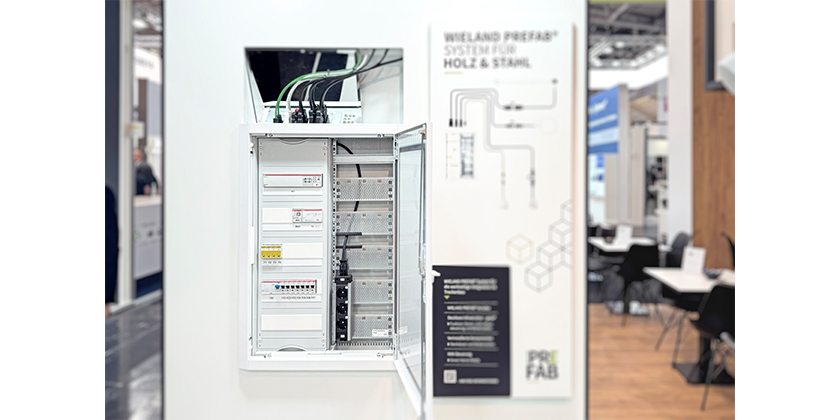Residential construction investment, second quarter 2015

Investment in residential construction totalled $28.9 billion in the second quarter, up 4.0% from the same quarter in 2014.
Renovation spending (up 4.3% to $13.9 billion), investment in apartment and apartment-condominium buildings (up 9.9% to $3.9 billion) and acquisition costs for new dwelling units built (up 9.9% to $2.7 billion) were responsible for most of the advance at the national level.
Total investment in residential construction increased in four provinces in the second quarter, with Ontario posting the largest advance, followed by British Columbia, Prince Edward Island and Nova Scotia.
In Ontario, investment rose 8.1% to $10.4 billion in the second quarter compared with the same quarter of 2014. Spending on single-family dwellings, renovation, apartment and apartment-condominium buildings as well as acquisition costs related to new dwelling units built were the largest contributors to the advance.
In British Columbia, residential construction investment increased 14.6% in the second quarter to $4.3 billion. The advance came from higher investment in all dwelling types, except mobile homes. However, single-family dwellings, renovation of existing residential buildings, apartment and apartment-condominium buildings and acquisition costs accounted for much of the gain.
In Prince Edward Island, total investment in residential construction increased 68.8% to $120 million. The gain was mainly attributable to higher renovation spending.
In Nova Scotia, total spending on residential construction increased 6.3% from the same quarter a year earlier to $543 million in the second quarter. The increase was the result of higher investment in apartment and apartment-condominium building construction and, to a lesser degree, higher spending in renovation work.
The largest declines were registered in Alberta, Quebec and Saskatchewan.
In Alberta, investment in residential construction decreased 2.3% to $4.6 billion in the second quarter. Lower spending on renovations, single-family dwellings and mobile homes more than offset increased investment in apartment and apartment-condominium buildings and row houses, as well as acquisition costs.
In Quebec, spending in the construction of residential buildings declined 1.2% to $6.4 billion. The decline was mainly the result of lower investment in single housing, apartment and apartment-condominium buildings, and converted dwelling units, as well as lower acquisition costs. However, spending on renovation work was up 8.5% to $4.1 billion in the quarter.
In Saskatchewan, investment totalled $917 million in the second quarter, down 3.0% from the same quarter in 2014. The decrease occurred mostly as a result of lower investment in the construction of single-family houses and mobiles homes, as well as lower acquisition costs.















